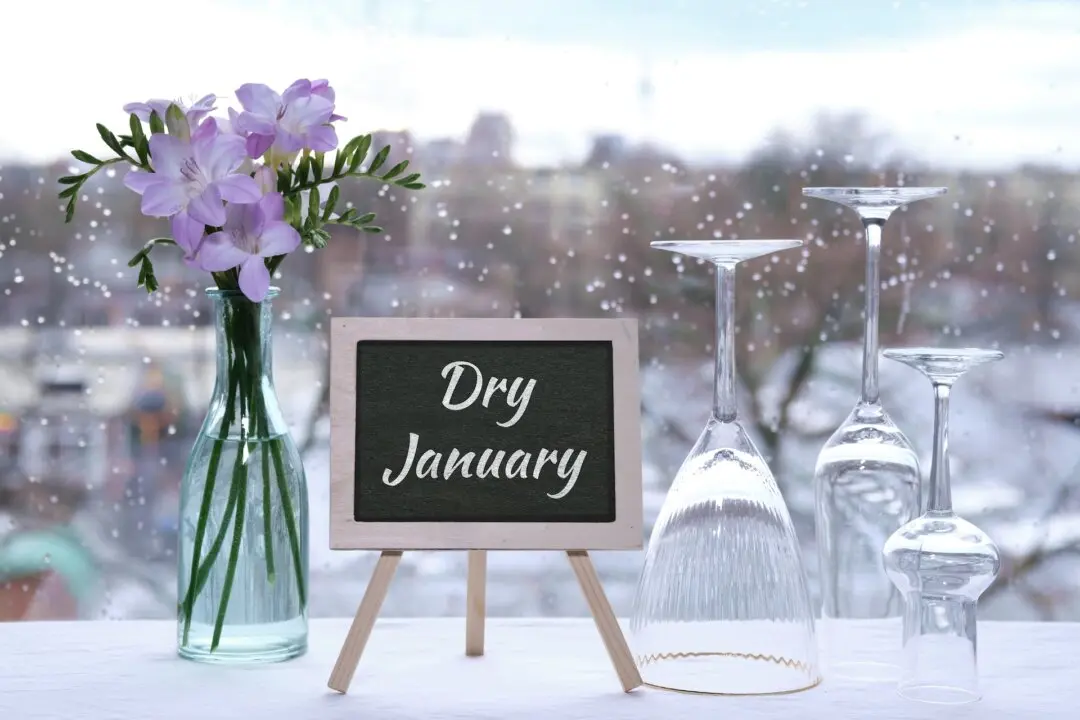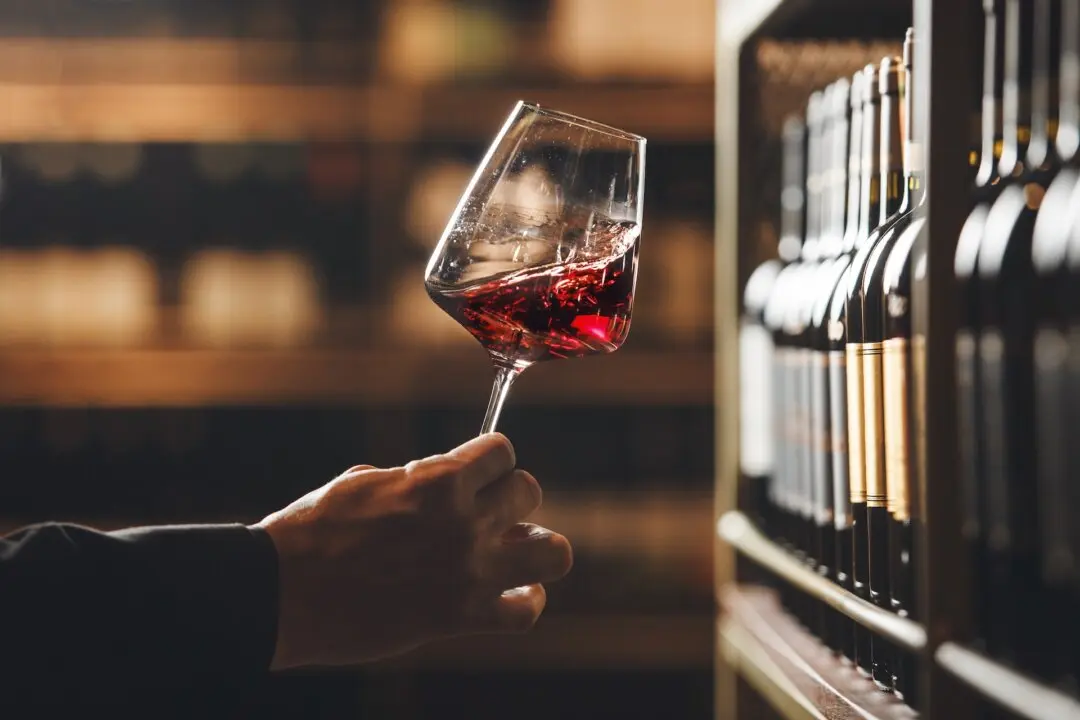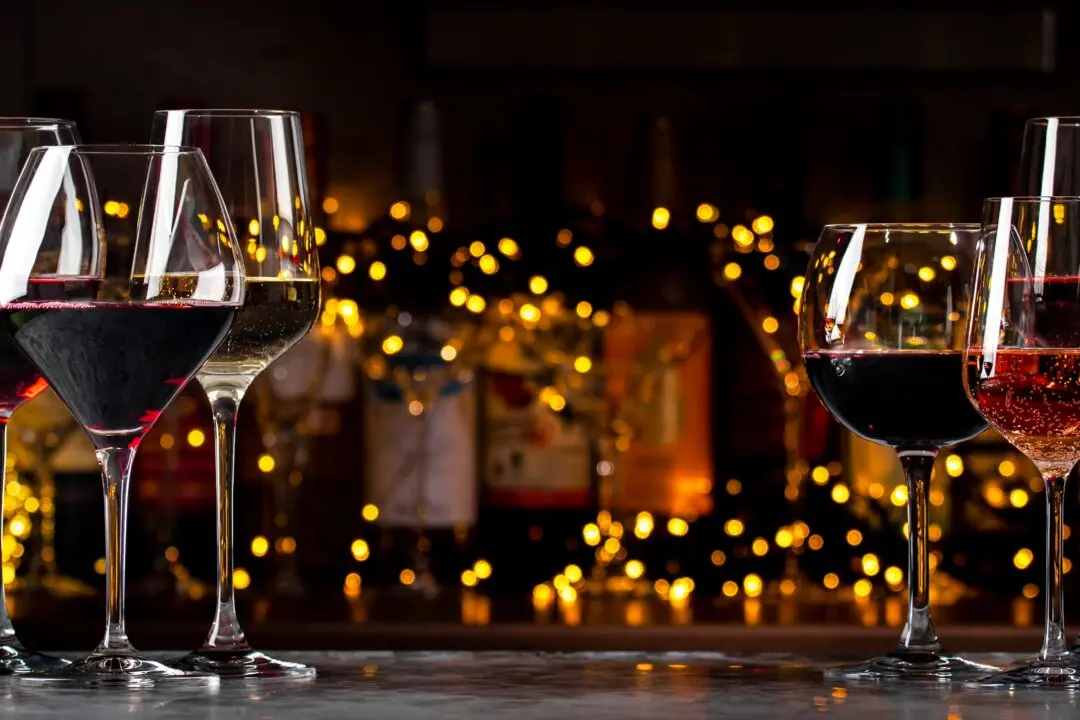Oh, the mystique that some people ascribe to wine in their rush to canonize it out of all proportion to what it really is, or should be: a beverage.
Or the denunciation some people heap on inexpensive bottles. I have heard elitist oenophiles use terms to disparage wine they wouldn’t deign to try.





